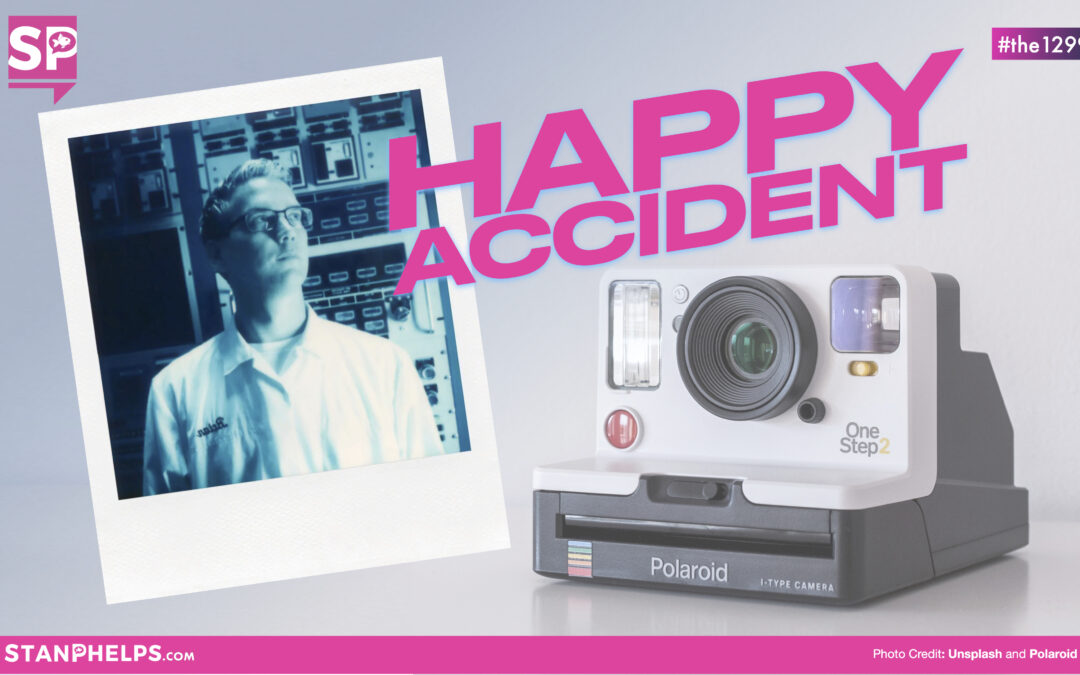My late Father had a funny saying when talking laissez-faire approach to a future plan or event, “We’ll take a picture and see what develops.”
The reference was to film. When you sent a roll to be processed, you never knew what might develop. And that was even more so with instant photography.
Part of the joy of a Polaroid photo was the chemical uncertainty. The potential flaws during exposure had the ability to make a photo awesome. Or as my “Pink Goldfish” co-conspirator David Rendall would say, “FLAWSOME.”
Enter Reclaimed Blue 600
While trying to improve the film process, Polaroid chemist Brian Slaguis used TBHQ in a color paste. The chemical, which is typically used in black-and-white, created a strikingly blue-tinted film. Call it a happy accident.
Instead of discarding the flaw as a mistake, Polaroid has decided to leverage Pink Goldfish strategy and lean into the imperfection. They have made Reclaimed Blue 600 film available for purchase.
Perfection is highly overrated. Seth Godin shares, “I’m way more interested and spend far more time and money on the imperfect things, the things that might not work, the ideas and services, and products that dance around the edges. If you’re going to offer something that’s imperfect, by all means, make it as good as you possibly can, but embrace the fact that you’re not selling perfect. You’re selling interesting.”
Polaroid gets it. I love this quote by their chairman, Oskar Smolokowski, “When you hold a Polaroid photo as it develops, you hold one of the most chemically-complex processes ever created. It’s this blend of art and science that makes Polaroid photography beautifully imperfect.”
Oskar knows what Lao Tsu proffered back nearly 3,000 years ago…
“Perfection is the willingness to be imperfect.”

